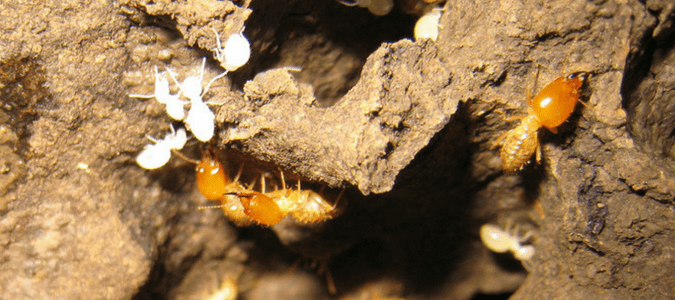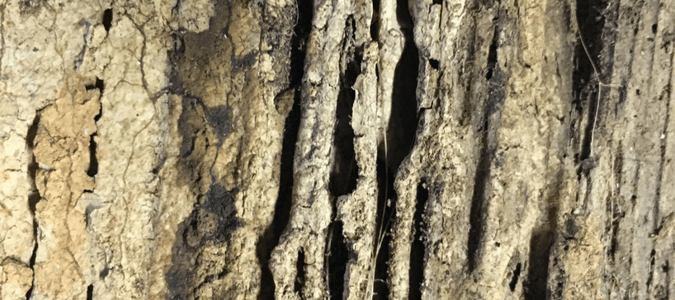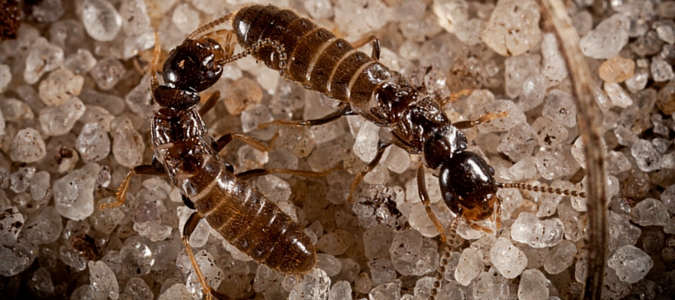Orlando Homeowners Guide for Spring 2017

People worldwide flock to Orlando for many reasons, one being the year-round sunny weather. Here in Orlando, homeowners know that it’s the most excellent time of year to enjoy our yards, parks, and outdoor spaces. That’s one reason spring is a perfect excuse to take a closer look at your most significant investment—your home—to ensure you do what you can to take advantage of your most important investment.
Orlando Homeowners Guide for Spring 2017
Orlando homeowners have grown to depend on ABC Home & Commercial Services to keep their property free of pests. Our skilled and knowledgeable technicians treat your home as they would their own and do anything they can to be helpful. As an extension of this philosophy, ABC has created an Orlando Homeowners Guide for Spring 2017 to provide valuable resources for indoor and outdoor spaces.
The 9-page Guide includes:
- Ten things to do in Orlando this Spring
- Spring Home Maintenance Checklist
- Spring … Read Full Post »


